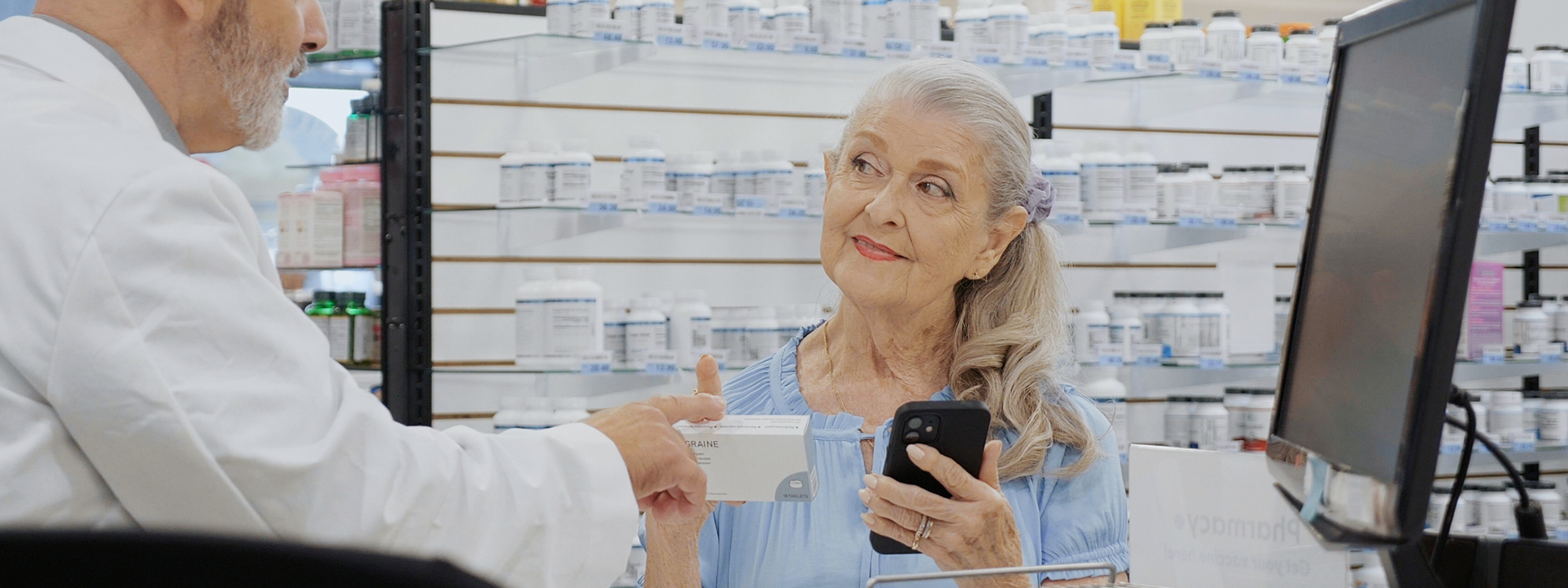Organizations spanning the healthcare industry share a common goal: achieving interoperability to better support care providers in addressing the many challenges they face – ultimately benefiting and improving patient care.
In a recent webinar hosted by Modern Healthcare, I was joined by Carequality Executive Director Alan Swenson and Surescripts’ Justin McMartin to discuss how the future of healthcare in America hinges on advancing interoperability.
Check out highlights from our conversation (edited for length and clarity).
What does advancing interoperability mean for both the healthcare industry and to patient care?
Swenson: Carequality provides the connectivity for [health information] networks to exchange with each other. We're seeing roughly 350-400 million documents exchanged on a monthly basis and we had over 4 billion clinical documents exchanged in the 2022 calendar year.
That's all great -- but how do we make sure that information is usable, is meaningful and is getting to the right person who needs to see the right information at the right time to improve patient care. And doesn't contribute to the provider burnout? That’s where we're going to see a lot of movement in that usability of the information being exchanged.
McMartin: With over 21 billion transactions that were exchanged through Surescripts network in 2022 -- that’s a really meaningful number and amount of data. But we need to make sure that at each of those 21 billion points, we’re doing everything we can to minimize the burden and make sure everything works exactly as it should and everybody gets the right treatment when they should.
What is the end goal for interoperability?
McMartin: There's never going to be something else that we can't do to improve the data that's out there. It's not just supporting the transaction, putting information in the right place in our providers workflow or healthcare organizations workflow, but how do we support the information at the provider to patient care level, so it’s of the highest quality, with the most relevant data at all points in time.
In terms of measuring success, it's ensuring that providers are able give care in the most meaningful way to patients.
Swenson: It’s the point at which the exchange of information is just how everyone expects that it works rather than everyone being pleased when it happens and treating it kind of like the exception. Instead of the wow, it’s just this information was here when I needed it.
What are some of the challenges that you see over the next 12 to 18 months related to interoperability?
Swenson: We are talking about the electronic exchange of information. We're looking at multi-state health systems that have a single electronic record that they share—trying to figure out how do we then manage this information moving forward. And the regulations probably need to be updated based on the direction things are actually going, with the electronic storage and sharing of that information.
McMartin: It really boils down to trust, right? How do we build that trust? And that's exactly what I think is our hallmark at Surescripts and our network alliance partners. Together, we exchanged 21 billion transactions in 2022. It’s what we've built within the Carequality framework to get to the point where last year we exchanged 1.25 billion Record Locator & Exchange links to clinical documents.
Learn more about how Surescripts is leveraging interoperability and technology to provide safe, quality and less costly care nationwide.


 Dean Riggott Photography
Surescripts
Dean Riggott Photography
Surescripts




